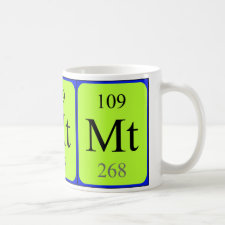
Authors: Su M, Jia LC, Wu XQ, Sun HW
Article Title: Residue investigation of some phenylureas and tebuthiuron herbicides in vegetables by ultra-performance liquid chromatography coupled with integrated selective accelerated solvent extraction-clean up in situ.
Publication date: 2018
Journal: Journal of the Science of Food and Agriculture
Volume: 98
Issue: (13)
Page numbers: 4845-4853.
DOI: 10.1002/jsfa.9014
Abstract: BACKGROUND Some trace amounts of urea herbicide residues can be transferred to humans via the food chain, thereby being potentially harmful to human health. The development of a robust analytical methodology for effective sample preparation and simultaneous determination of herbicide residues in vegetable samples is required for achieving food safety. RESULTS The diuron-molecularly imprinted polymers (MIPs) synthesized have excellent affinity and high selectivity to phenylureas (monolinuron, isoproturon, diuron and linuron) and tebuthiuron. A novel automated procedure with better selectivity for vegetable sample treatment was developed by integrated matrix solid-phase dispersion-accelerated solvent extraction clean-up in situ. Five herbicides can be baseline separated with runtime down to 5 min by ultra-performance liquid chromatography, and good linearity was obtained with a correlation coefficient (r) of 0.9999. The limit of quantification of the method was in the range of 0.8 - 2.3 μg kg-1. Diuron residue in cherry tomato sample was found to be 40 μg kg-1. CONCLUSION The developed method has satisfactory selectivity, good linearity, high sensitivity and accuracy as well as speediness, and can ensure rapid selective extraction and sensitive multi-residue analysis at low microgram per kilogram levels of the herbicides in vegetable food. © 2018 Society of Chemical Industry
Template and target information: diuron, monolinuron, isoproturon, linuron, tebuthiuron
Author keywords: clean-up in situ, phenylureas, selective accelerated solvent extraction, tebuthiuron herbicides, ultra-performance liquid chromatography, vegetables



Join the Society for Molecular Imprinting

New items RSS feed
Sign-up for e-mail updates:
Choose between receiving an occasional newsletter or more frequent e-mail alerts.
Click here to go to the sign-up page.
Is your name elemental or peptidic? Enter your name and find out by clicking either of the buttons below!
Other products you may like:
 MIPdatabase
MIPdatabase









